U Unbraked Trailers (≤ 750 kg)
- Before you start: Inspect trailer; tyres ~ 40 psi; lenses/wiring intact.
- Hitching: Reverse to 50 mm ball → drop coupling → push handle fully down until it clicks.
- Confirm lock: Wind jockey wheel up slightly — if the car lifts, it’s locked. Stow the wheel.
- Chain & plug: Cross the safety chain under draw-bar and shackle to tow-bar. Plug in lead.
- Lights: Indicators, brake, tail-lights all working.
- Loading: Stay under vehicle towing limit & trailer ATM; most weight ahead of axle(≈10% on ball). Strap down.
- Final check: ☑ Coupling locked ☑ Chain on ☑ Lights OK ☑ Tyres 40 psi ☑ Load secure
Issue? Don’t tow — call 1300 418 285.


